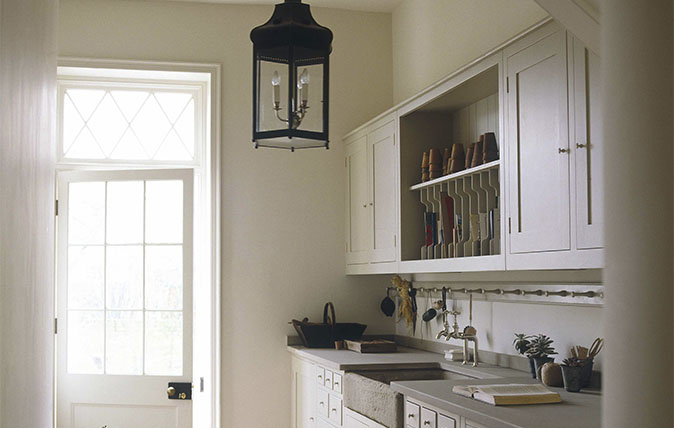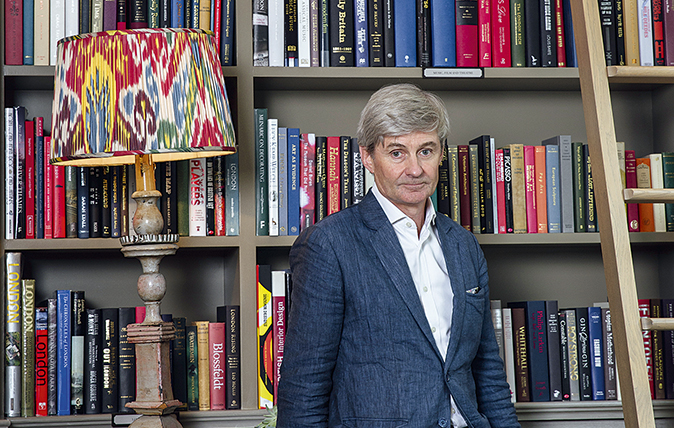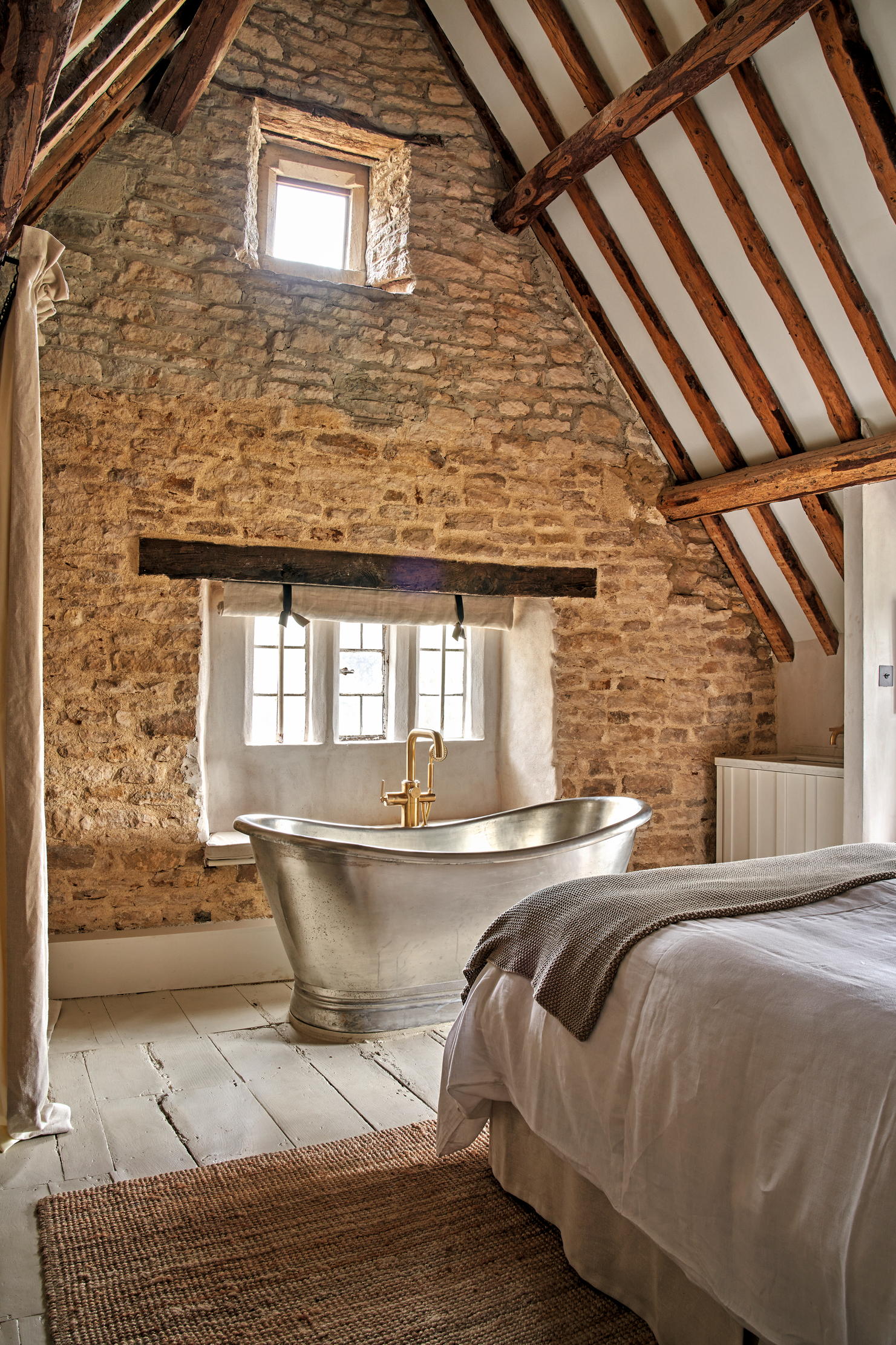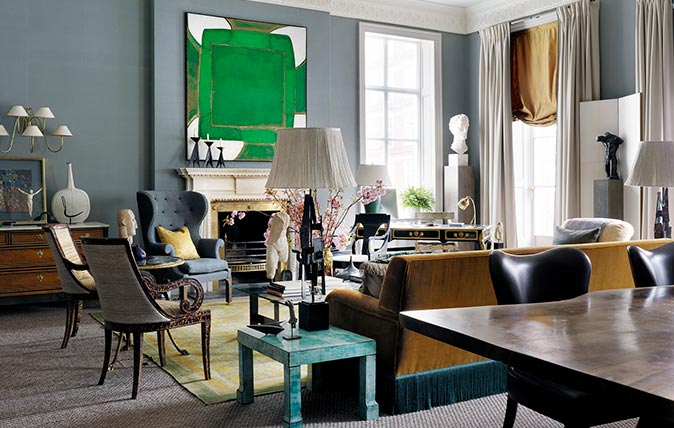The dos and don'ts of designing your own ideal utility room
From stone sinks to sturdy, Merlin Wright of Plain English offers advice on creating the perfect utility room.


What are the current trends in utility rooms?
We’re definitely seeing a return to a more Edwardian-style approach, with different spaces dedicated to specific tasks, such as pantries (from the French word pain) and larders, as well as flower rooms and sculleries. In the USA, there are even dedicated present-wrapping rooms.
In the past, some have combined boot rooms with laundry rooms, but where space allows, it’s better to separate them: I like to think of the boot room being the airlock between the outside and the inside of a house. A utility room should be free of mud and paws.
Where do you start?
This kind of space is like a fantasy room for many. Together with a boot room, it’s what city dwellers dream about having when they move to the country and enter some gilded era in which everything in their lives is much better organised.
It’s fun to give it some proper thought; unlike many other rooms in the house, a utility room is, first and foremost, a workshop, so it’s best to let this guide the design. Work surfaces are key – we like to use unvarnished, unoiled recycled pine that can be rubbed down with soap and a bristle brush (with time, they take on a patina).
Clients are increasingly opting for extra-large-capacity washing machines and tumble dryers disguised behind cabinetry.
In country houses with large gardens, the utility room can also double up as a flower room. In this case, I like to hang a row of pegs for secateurs, balls of twine, drying bunches of lavender and the like, as well as other gardening instruments.
What about storage?
Ideally, we’d have a blend of open shelving with big baskets and wall-hung and below-counter cupboards that are useful for storing lesser-used pots and pans as well as all the cleaning products required for the house and laundry. Tall laundry units are vital to house cumbersome elements, including mops, brooms and ironing boards. I like to make sure that everything has a specific hook or home so that, when you open the cupboard doors, you’re not faced with an avalanche of items falling out.
Exquisite houses, the beauty of Nature, and how to get the most from your life, straight to your inbox.
Ideally, I’d also have an airing cupboard in this room filled with slatted shelves made of Douglas fir that won’t stain sheets. If there aren’t any warm pipes in the room, a small greenhouse heater will bring the cupboard up to the required temperature.
For more precious items, such as vases and porcelain, glazed cupboards are a great option – not only do they add a bit of distinction, but it ensures that smaller spaces don’t feel claustrophobic.
If space is limited?
A large and deep sink is essential – chose a stone or concrete design for a more earthy result. It will have a multitude of uses, from handwashing clothes to cleaning muddy paws and taking care of house plants. Where the ceiling height allows, a Sheila Maid is very useful for drying sheets.
And lighting tips?
As in any interior, the lighting is critical–even in a utility room, there’s no excuse for using long, fluorescent strip lights. I like to design with lots of different sources of warm white and adjustable lighting. Too many ceiling spots and the place will be over-lit; better to go with a combination of a few pendant lights and some wall-hung task lights.
What about decorative details?
This isn’t a room that requires colour–we tend to used an off-white or mushroom on the walls–but it’s still important to make it visually appealing. A washable gloss can create a splashback behind work surfaces. Alternatively, instead of painted walls, think about covering the entire room in glazed metro tiles for a really characterful and clean finish.
Don’t bother with a delicate surface for the floors. You need something hard-wearing and practical, such as porcelain, tile or stone.
Merlin Wright is an interior designer with Plain English – see www.plainenglishdesign.co.uk for more details.

Credit: Daniel Gould
How to create your own library – book expert Philip Blackwell shares his tips
Book expert Philip Blackwell, founder of Ultimate Library, offers advice on creating a library from scratch.

The best interior designers in Britain
Of all the decorating trends that have been in vogue over the last 50 years – be it Scandi, Minimalism

Credit: Simon Brown
The beautifully symmetrical London drawing room of interior designer Douglas Mackie
Symmetry is regarded as the secret to creating a calm, coherent space, but for many designers, it’s more about creating
